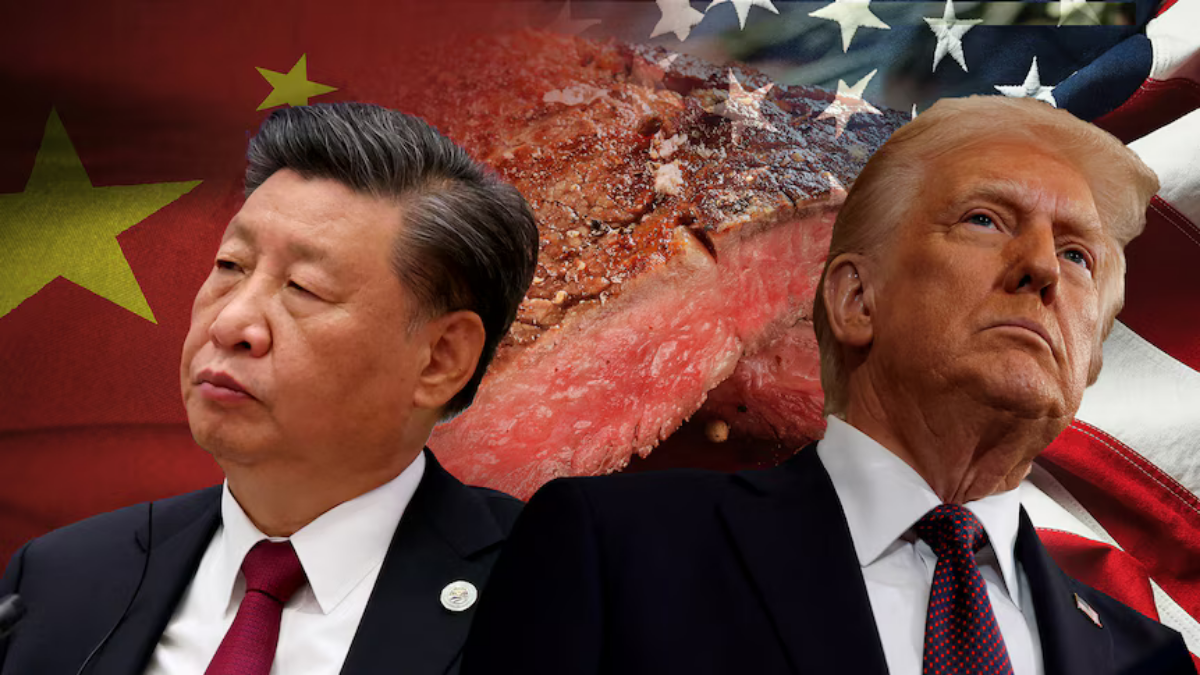US-China Rare Earth Deal: Imagine a world where your smartphone, electric car, or even fighter jets couldn’t function because of a single missing ingredient. That’s the power of rare earth minerals—tiny elements that pack a massive punch in modern technology. On June 27, 2025, a landmark deal between the US and China on rare earth shipments made headlines, signaling a potential thaw in their heated trade war. This agreement, finalized after tense negotiations, could reshape global supply chains and ease tensions between the world’s two largest economies. Let’s dive into what this deal means, why it matters, and how it could impact you.
Why Rare Earths Are the Backbone of Modern Tech
What Are Rare Earth Minerals?
Rare earths aren’t as rare as their name suggests, but they’re critical for high-tech industries. These 17 elements, including neodymium and dysprosium, are essential for manufacturing everything from wind turbines to missile guidance systems. According to the International Energy Agency, China controls about 90% of global rare earth processing, giving it unparalleled leverage in trade negotiations.
Why the US Needs China’s Rare Earths
The US relies heavily on imported rare earths, especially for defense and tech industries. Without steady supplies, companies like Apple or Lockheed Martin could face production delays. Recent trade frictions, including tit-for-tat tariffs, had threatened to choke off US access to these vital materials, making this deal a critical step forward.
The Deal: What We Know So Far
A Breakthrough After Months of Tension
The agreement, announced on June 26, 2025, by US Commerce Secretary Howard Lutnick and confirmed by President Donald Trump, ensures China will approve rare earth exports to the US. In return, the US will lift restrictions on chips, software, ethane, and jet engines. This follows a rocky period where both sides imposed export curbs—China on rare earths, the US on tech components—after a failed Geneva agreement in May 2025.
Key Details of the Agreement
- China’s Commitment: China’s Ministry of Commerce stated it would approve export applications for rare earths that meet legal conditions, a process already underway for “compliant” shipments.
- US Concessions: The US will ease countermeasures, including allowing Chinese students to attend American universities, a move Trump highlighted on social media.
- Pending Approvals: The deal, initially reached in London earlier in June, required approval from both Trump and Chinese leader Xi Jinping.
This reciprocal arrangement aims to stabilize trade relations, with China emphasizing “healthy, stable, and sustainable” economic ties.
Why This Matters for Global Markets
Stabilizing Supply Chains
The deal could prevent disruptions in industries reliant on rare earths. For example, a shortage of neodymium could halt production of electric vehicle motors, spiking prices for consumers. By securing a steady supply, the US avoids potential economic fallout while China maintains its position as a global supplier.
Impact on Stock Markets
On June 27, 2025, the Dow rose 0.94%, the S&P 500 gained 0.80%, and the Nasdaq climbed 0.97%, reflecting market optimism about reduced trade tensions. Investors are betting on smoother supply chains, which could boost tech and defense stocks.
Defense Industry Concerns
While the deal is a win for commercial sectors, US defense contractors may still face challenges. China’s dual-use export restrictions could limit rare earth shipments to military suppliers, potentially affecting national security projects.
Challenges and Uncertainties Ahead
Ongoing Export Restrictions
Despite China’s promise to “speed up” approvals, many US companies report difficulties securing enough rare earths. Analysts warn that China’s licensing regime, introduced in April 2025, may continue to prioritize non-military applications, leaving gaps in defense supply chains.
Geopolitical Risks
The deal doesn’t erase underlying tensions. Trump’s reciprocal tariffs and China’s export controls highlight a fragile trust. If either side perceives a breach, retaliatory measures could resurface, derailing progress.
What This Means for You
For consumers, this deal could stabilize prices for electronics and electric vehicles by ensuring a steady flow of raw materials. For investors, it’s a signal to watch tech and defense stocks closely. However, the agreement’s success hinges on both nations honoring their commitments—a tall order given their history.
Expert Insights: The Bigger Picture
China’s Leverage in Trade Talks
CNN reports suggest China learned a valuable lesson in these negotiations: its near-monopoly on rare earths gives it significant bargaining power. As one analyst put it, “China’s control over rare earths is like holding the keys to the global tech kingdom.” This leverage could shape future trade deals.
The Road to Diversification
Experts urge the US to reduce its reliance on Chinese rare earths by investing in domestic mining and processing. The US Geological Survey estimates that North America has untapped rare earth deposits, but developing them could take years.
Conclusion: A Step Toward Stability
The US-China rare earth deal is a rare win in a contentious trade landscape. By securing access to critical minerals, the US strengthens its tech and defense industries, while China reinforces its role as a global supplier. However, challenges like export restrictions and geopolitical mistrust remain. For now, this agreement offers hope for smoother trade relations and a more stable global market. Keep an eye on how this unfolds—it’s a story that affects us all.
